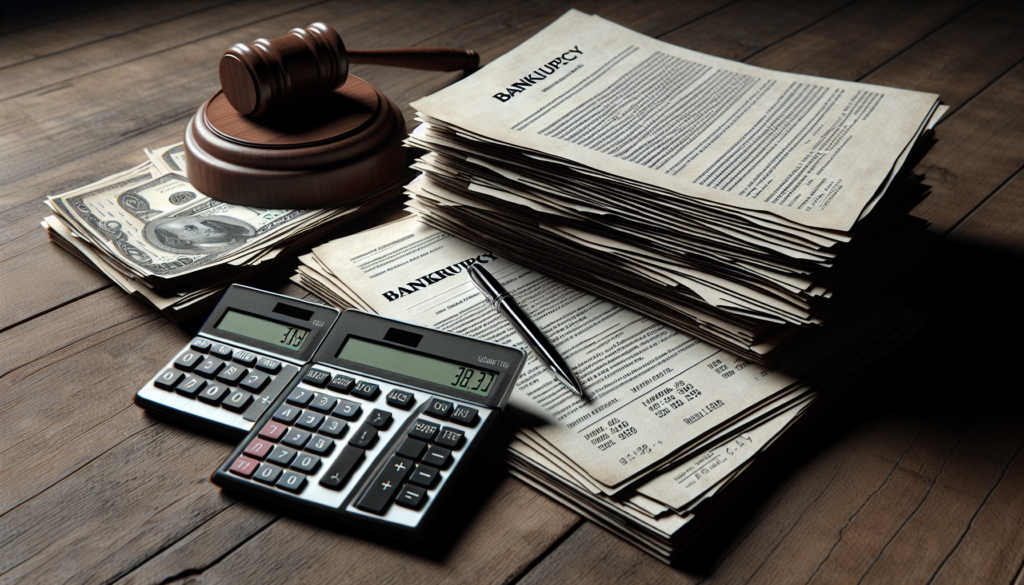
A Chapter 13 discharge is the legal process that releases a debtor from liability for certain types of debts after completing a Chapter 13 bankruptcy repayment plan. This discharge is granted by the bankruptcy court and signifies the conclusion of the Chapter 13 case, offering the debtor a fresh financial start. Here’s what a Chapter 13 discharge entails and its implications:
Types of Debts Discharged
A Chapter 13 discharge covers most unsecured debts, including:
- Credit card debt
- Medical bills
- Personal loans
- Older tax obligations, under certain conditions
However, it’s important to note that some debts are not dischargeable in a Chapter 13 bankruptcy, similar to Chapter 7. These generally include:
- Certain taxes and tax-related debts
- Debts for domestic support obligations, such as alimony or child support
- Student loans, except in rare cases of undue hardship
- Debts for death or personal injury caused by the debtor’s operation of a motor vehicle while intoxicated
- Certain fines and penalties owed to government agencies
- Restitution or damages awarded in a civil case for willful or malicious actions by the debtor that caused personal injury or death
The Chapter 13 Discharge Process
To qualify for a discharge under Chapter 13, debtors must meet several requirements:
- Completion of the Repayment Plan: Debtors must successfully make all payments under the court-approved repayment plan, which typically lasts three to five years.
- No Previous Discharge: Debtors cannot have received a discharge in a prior Chapter 7, 11, or 12 case within four years before the current Chapter 13 filing, or a Chapter 13 case within two years before the current filing.
- Completion of a Financial Management Course: Debtors must complete an approved financial management course after filing for bankruptcy.
- Domestic Support Obligations: Debtors must certify that all domestic support obligations, if any, have been paid as required.
Effects of a Chapter 13 Discharge
- Elimination of Debt: The discharge eliminates the debtor’s legal obligation to pay off the discharged debts, meaning creditors can no longer take legal action against the debtor to collect these debts.
- Credit Report: The Chapter 13 bankruptcy filing and discharge will appear on the debtor’s credit report. While the bankruptcy can remain on the credit report for up to ten years, the impact on the debtor’s credit score diminishes over time, especially if the debtor engages in positive credit activities post-discharge.
- Financial Fresh Start: The discharge provides the debtor with a fresh financial start, allowing them to rebuild their credit and financial stability without the burden of overwhelming debt.
Limitations and Considerations
While a Chapter 13 discharge offers significant relief, it’s important for debtors to understand its limitations and the types of debts that are not discharged. Additionally, maintaining a budget and responsible financial habits post-discharge is crucial for avoiding future financial difficulties.
A Chapter 13 discharge represents the culmination of the debtor’s effort to reorganize and pay off their debts under the protection and structure of the bankruptcy court. It’s a powerful tool for individuals seeking to overcome financial distress and work towards a more stable financial future.

Get a Free Bankruptcy Case Evaluation